What’s the number one feature people look for when thinking about buying a home? Hint: it has nothing to do with the floor plan or the kitchen. It’s actually the amount of natural light available in the house.
Owners don’t want to reside in a dark and dingy hovel. They want their accommodation to feel bright and airy every day.
Unfortunately, not all homes offer their occupants sufficient light. Around a fifth of people believe that their properties lack natural light when surveyed. The problem is real.
A lack of natural light is no laughing matter. People who don’t get sufficient brightness in their living spaces tend to experience higher levels of depression and have worse health overall. They report lower life satisfaction and feelings of wellness too.
Fortunately, getting more natural light into your home isn’t as difficult as you might imagine. There are a whole bunch of ways to do it. And when you get it right, you can make a massive difference to your home, even if right now, you think that there’s no way to improve the situation. Trust us – there is!
Brighten Up Your Furniture
Dark furniture can be something of a “light sink.” It soaks up the available light in the room, making it feel more dismal than it actually is.
This effect has to do with the way that light interacts with objects. The shade of black is defined by its lack of reflection. You only see it because it contrasts with everything else where light does bounce back.
All colors reflect some light to your eye. So when you see something that is yellow, it absorbs all other wavelengths of light except the yellow one. The same goes for blue, pink, red, and the rest of the colors in the spectrum.
Choosing brighter furniture, therefore, can make a big difference to the light levels in your rooms. More dazzling items reflect any light into the surrounding area, increasing how bright it appears without the need for building work.
Use Artificial “Natural” Light
While architects take time to consider a home’s orientation, some properties are naturally dark. They have small windows or face the wrong direction. In these cases, the best bet is to use artificial “natural” light. It might sound like a strange thing to say, but modern solutions are highly effective. Companies have developed lights that mimic the wavelengths in white light emitted by the sun. So when you switch them on, they replicate natural light that comes flooding through the windows.
Ersatz natural light can come in handy all over your home. You can use it in dark walkways, alcoves, and corners of your room. Try arranging natural lights so that they fill the entire space from multiple angles. Some homeowners install special lights on the floor or recessed behind room features.
Install Larger Windows And Doors
If you’re a purist and want the real McCoy, installing larger windows and doors is probably the best way to get more natural light. The greater the area for light to flood in, the brighter your rooms will be.
Installing large windows and doors is relatively easy, as long as you have the budget. Renewal by Andersen suggests homeowners use professional installers instead of going down the DIY route. You’ll need to select the type of window that you want, and then consult a structural engineer on the feasibility of expanding the size of the windows.
If you have a patio area, you might also want to install bi-folding doors. These allow you to create what is essentially a wall of glass across the back of your home. If your house is south-facing, this will provide you with lots of extra light during the day.
Clean Your Windows
Sometimes, you don’t have to engage in any radical building work to get more light into your home: it just needs a good cleaning. Windows tend to accumulate dirt over time. Tiny particles in the air stick to them, and eventually, a residue builds up over the surface. If the film is oily, more and more particles will stick to the windows, eventually causing them to glaze.
Cleaning your windows is a bit light cleaning your spectacles. You don’t realize just how much gunk is on them until you actually look through them once they’re clean. Sometimes your windows can look clean, even if they’re not. Your eyes can play tricks on you. Give them a once-over, hire a professional to do it for you, and see if that makes a difference to your interior’s brightness levels.
Choose A Light-Friendly Flooring Option
The principle here is very similar to that of furniture we discussed earlier. You want to choose a flooring option that reflects as much light as possible.
Your best option here is bright tiled floors with flecks of reflected material embedded in them. As the light comes into your rooms, the tiles will reflect it, and you’ll immediately brighten up your rooms.
If you don’t like tiles or want a cheaper option, you can also try light wood or laminate floors. Again, the wood will reflect the available incoming light into the room, helping to brighten the whole place up.
Unless you have a lot of light in your home, you’ll want to steer clear of carpets. They have an annoying habit of soaking up all the light and making your interiors feel a little grim.
If you have to use carpet, stick with light, neutral colors. White rugs will help you feel like your rooms are brighter, even if they’re not in reality.
Paint In Light Colors
Are you starting to notice a theme here? Painting in bright colors can also help you enhance the amount of light in your rooms tremendously. Again, going as light as possible is your best bet here. Paint the walls of dark rooms white, and immediately benefit from additional internal reflectivity. Unless you have a specific interior theme in mind, avoid brilliant white. It can make rooms feel cold and depressing. Choose a slightly off-white color, or cream, and get that bright, cozy feel you see in all the magazines.
Don’t like paint? You can also cover your walls in highly reflective wallpaper. Again, you’ll want to choose bright colors here. But you can take wallpaper a step further by selecting varieties that include flecks of metallic, which will reflect more incoming light into the room.
Where possible, make the ceiling a few shades lighter than the walls. This practice helps to mimic natural lighting by making things brighter above your head than around to the side.
Finally, look for paints with satin or even gloss finishes. These will reflect more light than matte-effect colors.
Fill Your Rooms With Shiny Objects
Have you ever wondered why light fittings in showrooms are always so metallic and shiny? It is because these surfaces help to scatter light more widely.
Polished metal surfaces are incredibly effective at increasing the light levels in your room. If you’re skeptical, take a torch and then point the light at a metallic object in your living space, like a vase. Then take note of how the light scatters. You’ll notice that it goes all over the place, instantly firing off light beams into all your nooks and crannies.
Making metallic surfaces attractive can be a challenge – granted. But if you can figure out a way to include them in a way that suits your decor, they can make a big difference. Shards of hammered metal on the wall, for instance, look not only great but also add internal reflectivity too.
Place Mirrors Strategically Around Your Home
Mirrors are the ultimate reflective surface, bouncing back over 95 percent of the light that hits them. People who live in dark, dingy homes, therefore, can use them to their advantage.
Place them opposite sources of light in your home, such as windows. As the light floods in, it will hit the mirror and then scatter back into the room.
Mirrors are particularly effective in narrow spaces, like hallways.
Trim Greenery Around Your Home
For some people, there are no problems with the design of the home itself or the interior features. Instead, the problem is greenery and shrubbery around the house, blocking incoming light.
Do a quick check of your house’s exterior walls and see whether any plants are casting a shadow over your windows. Audit your light levels at different times of the day, since the direction of shadows can change from hour to hour. If you spot anything blocking the light, cut it back, or remove it entirely.
Wrapping Up
Getting more light into your home is part and parcel of making your living arrangements more enjoyable. Sometimes you need to make radical changes to get more light into your accommodation. But often, small modifications, like hanging a new mirror, is all you need. And that’s good news for people who are on a budget.
So, does your home have enough natural light? Or would you like more?





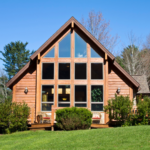
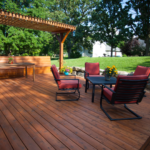

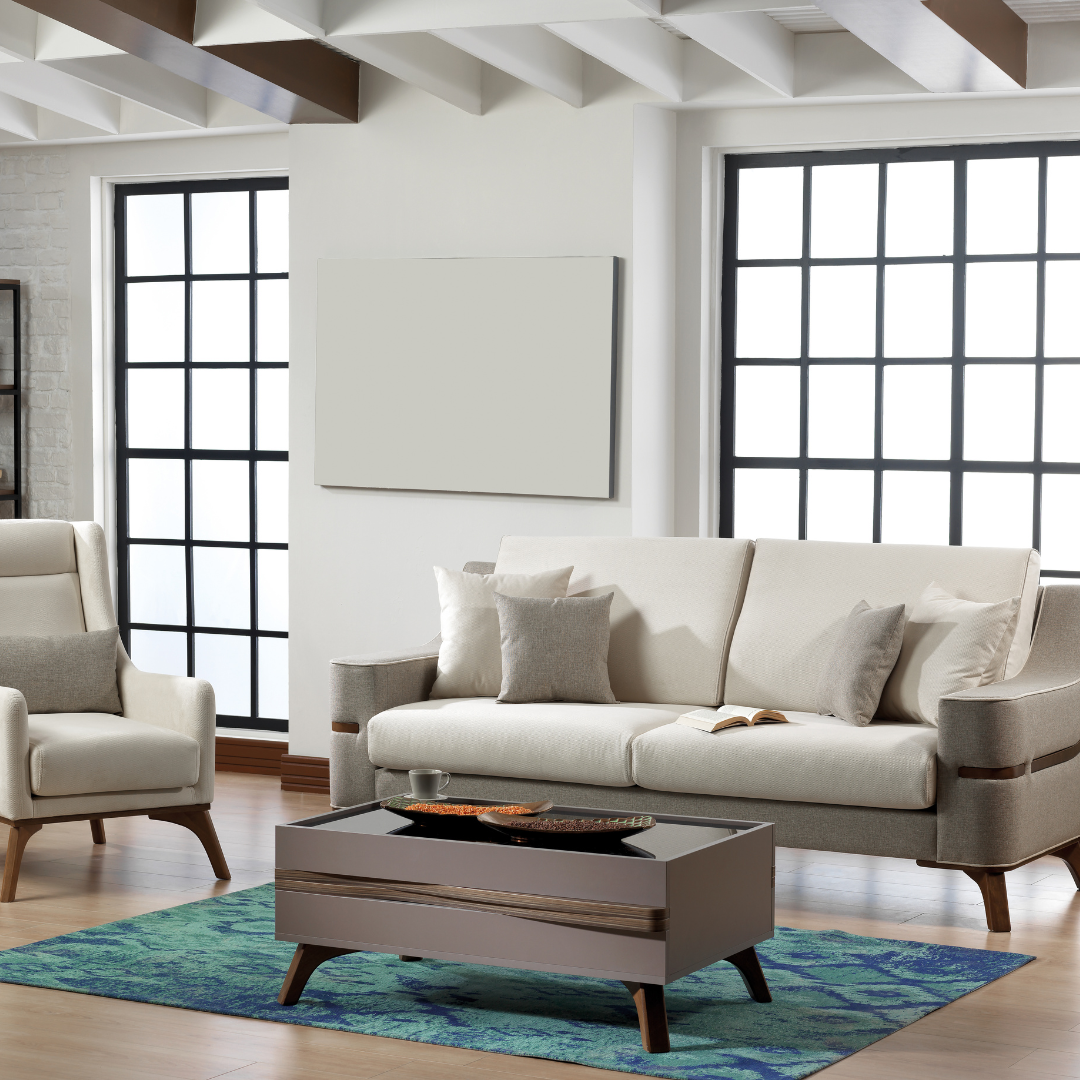

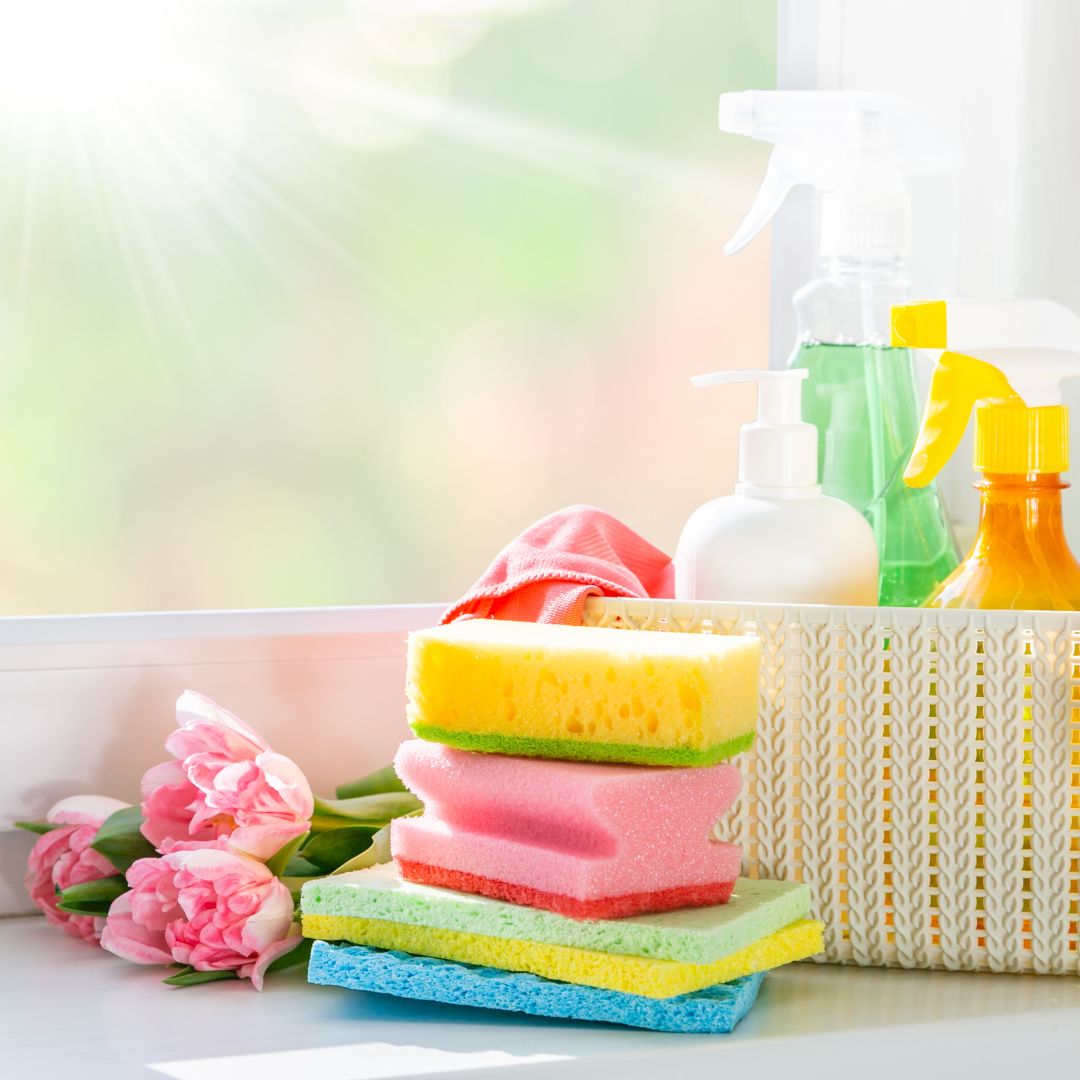
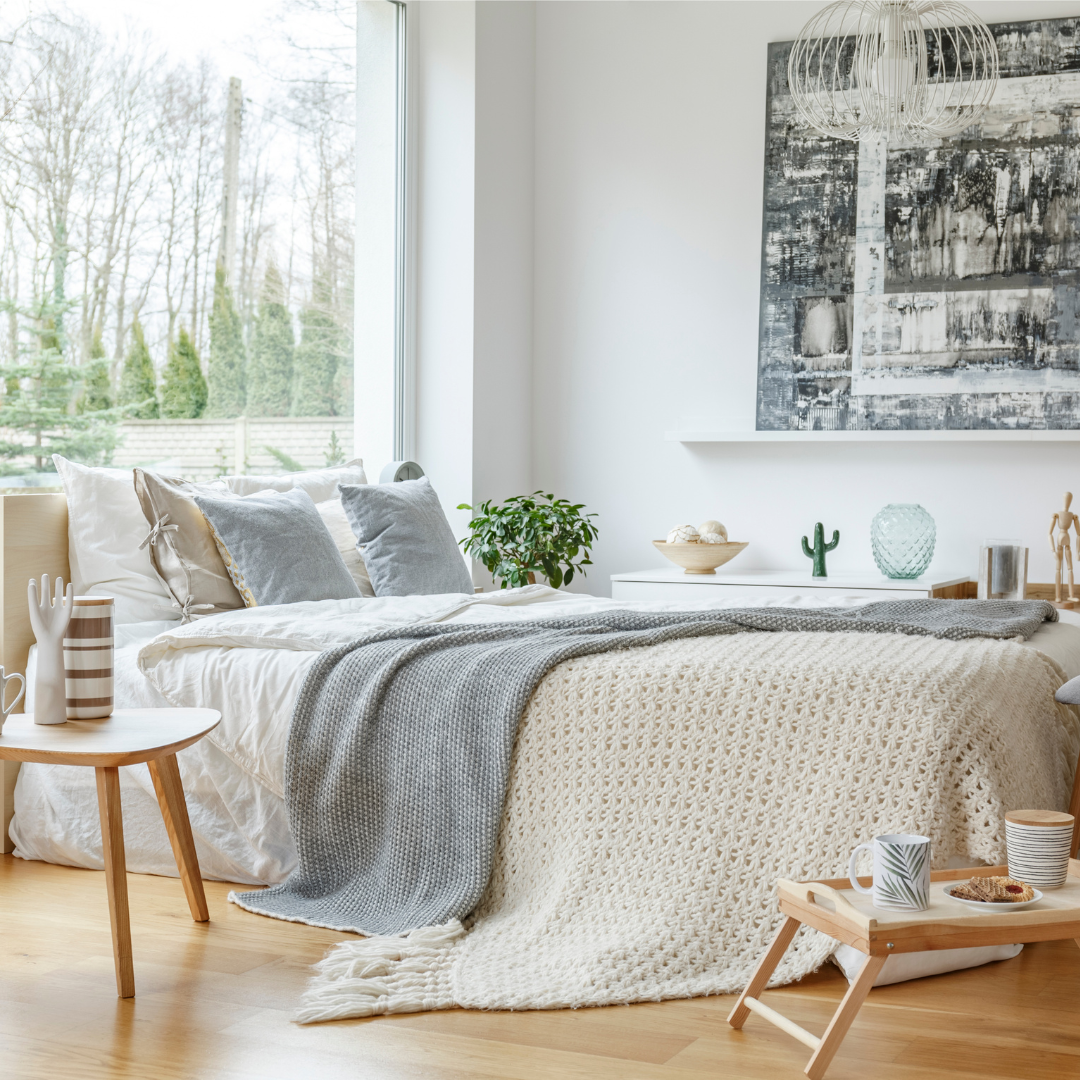
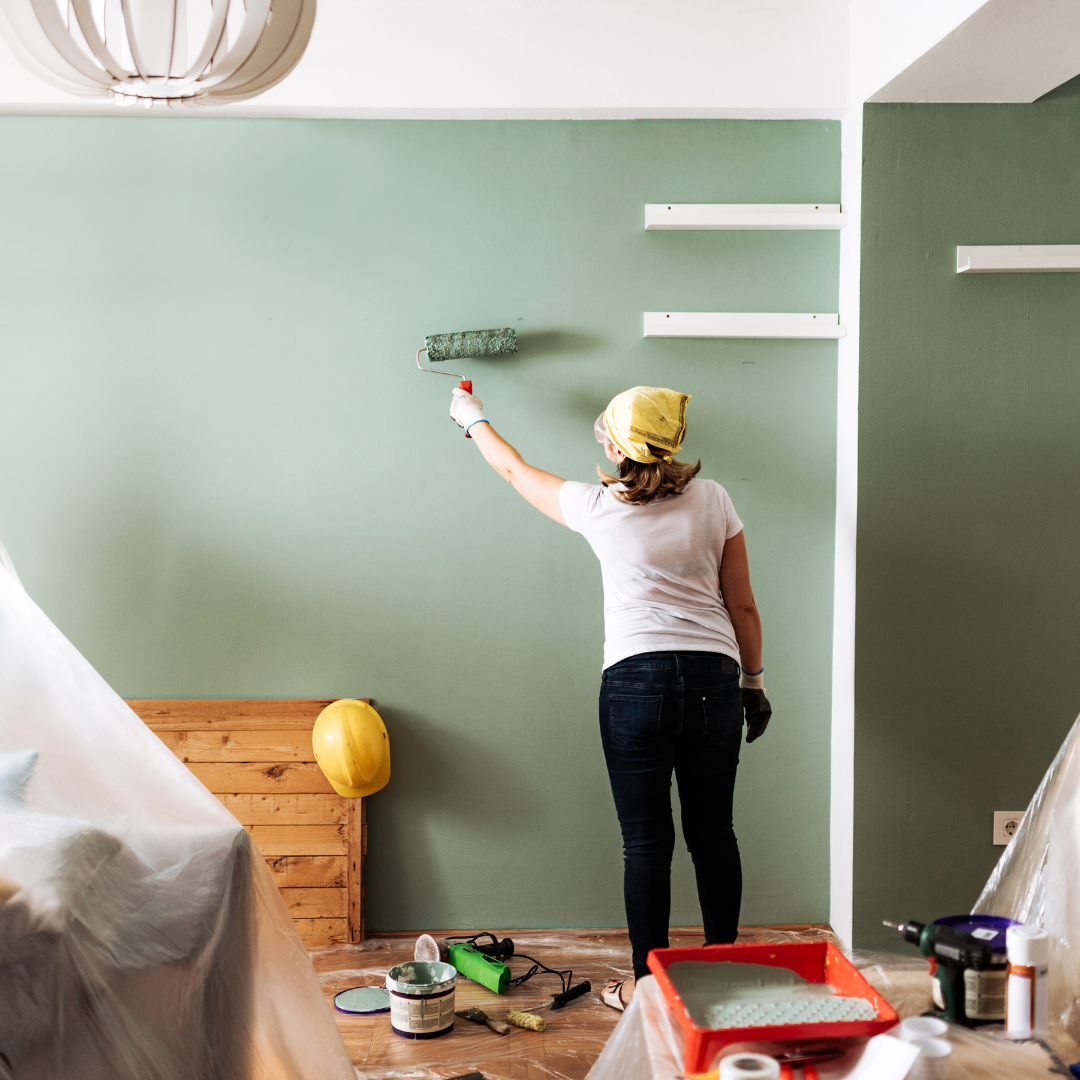
Wow, lighting makes all the difference in the world! Sometimes I like it dark and cozy, but not all the time and it’s great to always have good lighting available.
Such great tips! I have depression and having bright rooms are essential. I’ll definitely try some of these suggestions